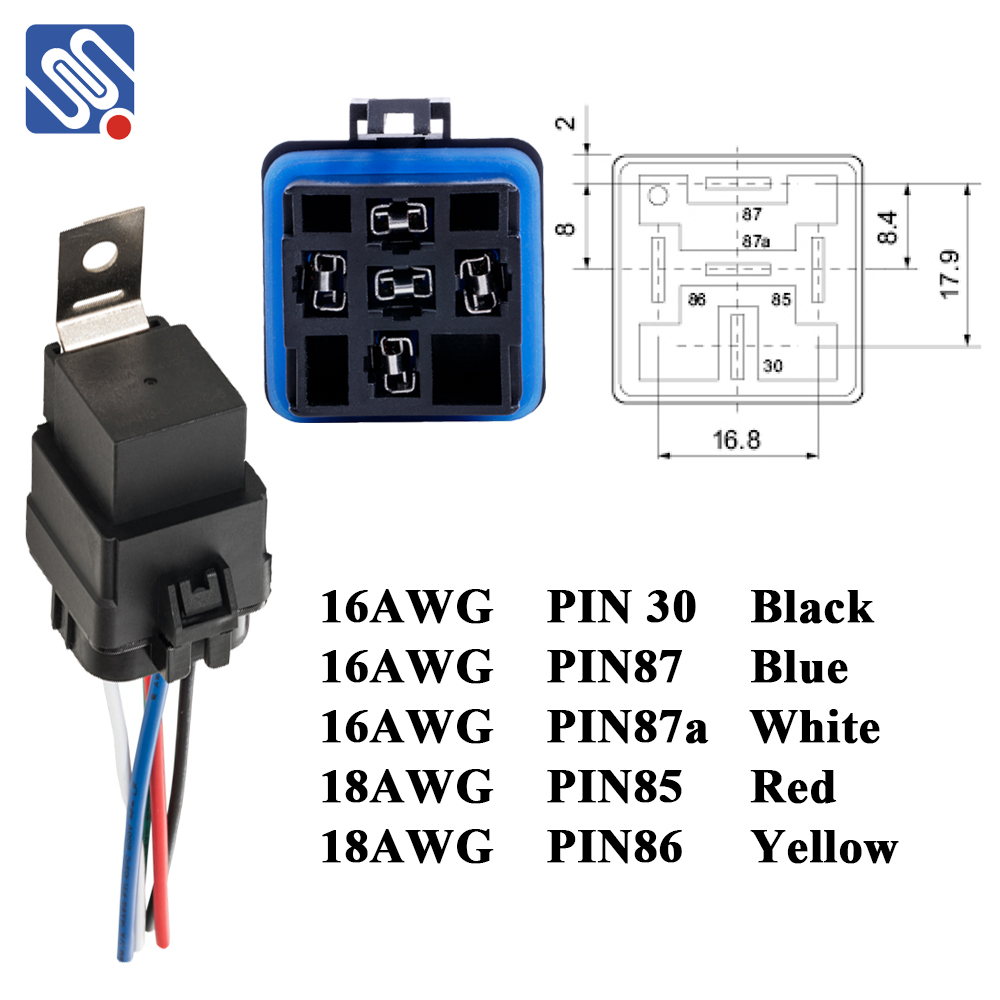understanding relay wiring: a comprehensive guide
Release time:2025-04-16 21:55:19
Relay wiring plays a crucial role in electrical systems, serving as a bridge between low-power control circuits and high-power devices. It allows a small electrical signal to control larger devices, such as motors, lights, or alarms, ensuring the safe and efficient operation of various electronic systems. In this article, we will explore the fundamentals of relay wiring, its applications, and provide a step-by-step guide on how to wire a relay for common uses.

What is a Relay?
A relay is an electrically operated switch that opens and closes circuits. It consists of a coil, an armature, contacts, and a spring. When electrical current flows through the coil, it generates a magnetic field, causing the armature to move and change the state of the contacts. Relays come in various types, including electromechanical, solid-state, and reed relays, each suited for different applications.
The primary function of a relay is to control a circuit by using a low-power signal to switch a high-power circuit. This is especially useful in situations where it is impractical or dangerous to use human intervention to control high-power devices directly.

